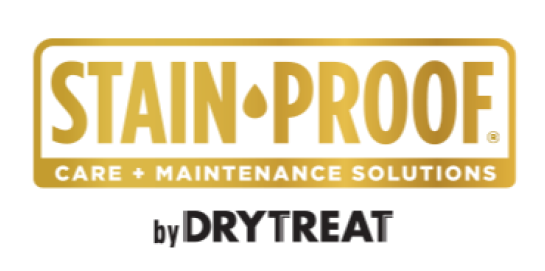Can snow damage a waterproof deck system? Yes, eventually.
Waterproof decking systems can and do sustain damage over time, especially in climates with cold winters. Depending on where you live and how your system was installed, heavy snow and cold temperatures will cause problems with your waterproofing system in the long run. There are ways to mitigate the damage to your roof deck or roof, we will discuss those in this blog.
Snowfall.
In areas of heavy snowfall, the accumulated weight of months of snow add an enormous amount of weight to a roof or deck structure. This weight accumulates and presses down on the sub-structure, creating tiny cracks and uneven surfaces in the base structure. Over time these cracks and irregularities will affect the waterproof membrane, allowing it to tear or rupture. While the process takes a long time, it is sped up by extreme winters and standing snow mass.
A heavy snow load comes with all kinds of concerns for the buildings affected by it, the waterproofing system is one of them.
One of the best ways to relieve snow load is to shovel it off, but that is not always possible.
If you can remove snow-load manually.
Use the right tools. No metal or rigid plastic blades. Snow blowers and stiff brooms are the best. Snow shovels with plastic edges and rubberized trim are also recommended. You have to avoid tearing any of the deck material and the membrane underneath it.
Extreme winters take a toll on all building materials.
Waterproofing systems are no exception. The constant freeze/thaw cycle will eventually damage a sub-structure, which leads to a tear in the membrane of the waterproofing system. When structures consistently freeze and thaw over a period of months, they are shrinking and expanding in response to the temperatures around them.
This constant shrinking and expansion will result in a break or crack once the material has exhausted its ability to continuously expand and contract. Companies that manufacture waterproof membranes are well aware of these factors, and offer options for home-owners living in harsh winter environments.
Use the products designed for your region when installing waterproof membranes.
Extreme weather conditions mandate additional additives in the membrane material; polymers and elastics that mitigate repeated freeze/thaw cycles and the damage they can cause. When being installed, often a second coat will be applied. This coat will bond with the first one and create an even tougher, more resilient and more waterproof membrane. This doubling will extend the life of your membrane far beyond what a single coat will survive.
Inspections are essential if you have severe winter weather.
If you do live in an area with extreme winter weather conditions, you need to have your roof or roof-top deck inspected regularly for damage that may occur. When the weather permits, you should inspect:
- All areas at the juncture of a vertical or horizontal surface.
- The surface of the membrane for cracks, tears or bubbling.
- All areas subject to high abrasion, rubbing or wearing.
Be aware that it is best to have the original installers or another certified roofing or decking company to perform these inspections. Waterproof membrane systems are a complex system designed to work in tandem with other elements of the structure, professionals will know what to look for and how to correct it.
Avoid “simple patch” approaches to repairs if you find damage.
As stated before, waterproof decking membranes are part of a system designed to work with multiple components on your roof or deck. If you are able to find damage in the membrane, a simple patch job will probably not take care of it. If you can find damage, it is almost a guarantee there’s more you can’t see. Simply patching one area will eventually lead to more stress being placed on the existing membrane. Trust this kind of work to professionals in the field.
Winter weather is rough on all building material.
Waterproofing systems, although extremely resilient and tough will wear down over time. They usually fail due to the failure of the substructure they are built on. Luckily, there are all kinds of alternatives to the fail scenario. Your best bet is to have professionals in the field inspect your waterproof systems and go from there. When you are ready for more information please contact us.











